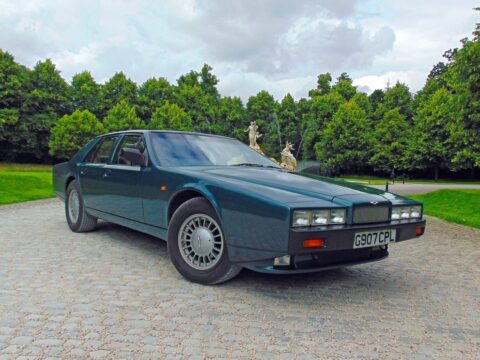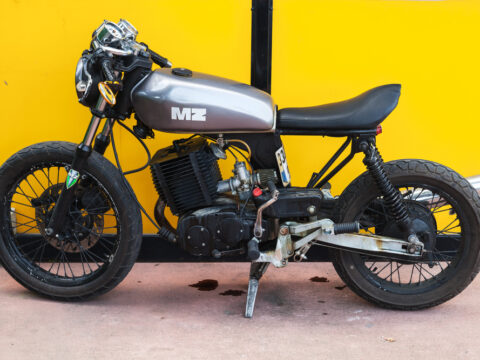Some sports cars capture attention with their stunning looks, but not all of them deliver when it comes to performance. While they may have turned heads with sleek designs and bold styling, these 19 cars failed to live up to their potential on the road. Here’s a look at some of the most beautiful sports cars that fell short where it really counts.
Contents
Pontiac Fiero
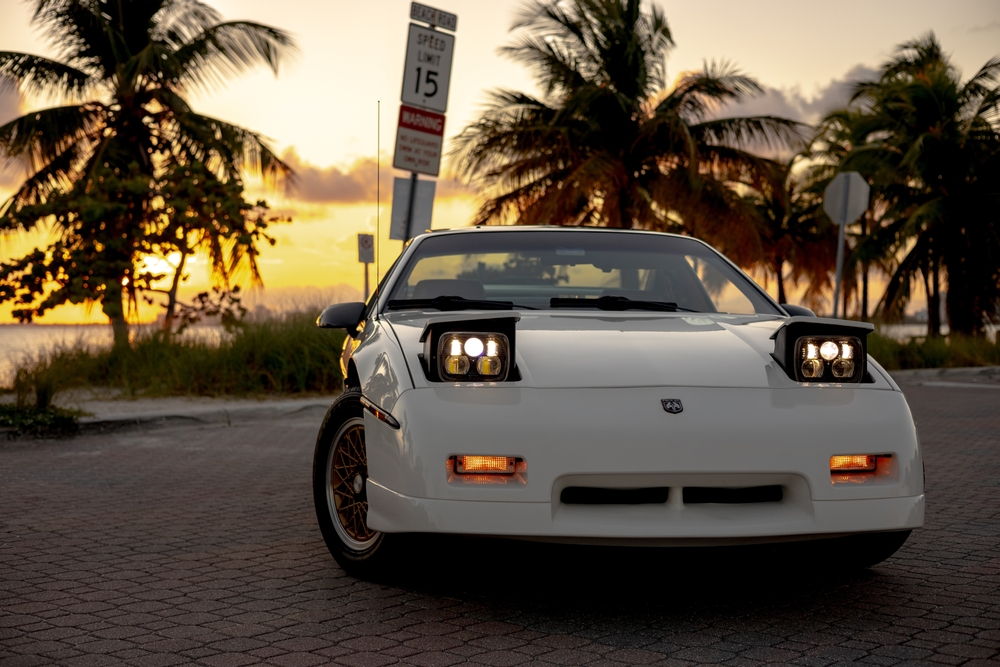
The Pontiac Fiero boasted a futuristic mid-engine design that immediately drew attention in the 1980s. However, beneath its stylish exterior lay a host of reliability issues, most infamously the risk of engine fires due to oil leaks. Its underpowered four-cylinder engine offered sluggish acceleration, making it feel more like a commuter car than a performance vehicle. Coupled with an uninspiring suspension, shared with Pontiac’s economy models, the Fiero’s looks couldn’t mask its mechanical shortcomings.
DeLorean DMC-12
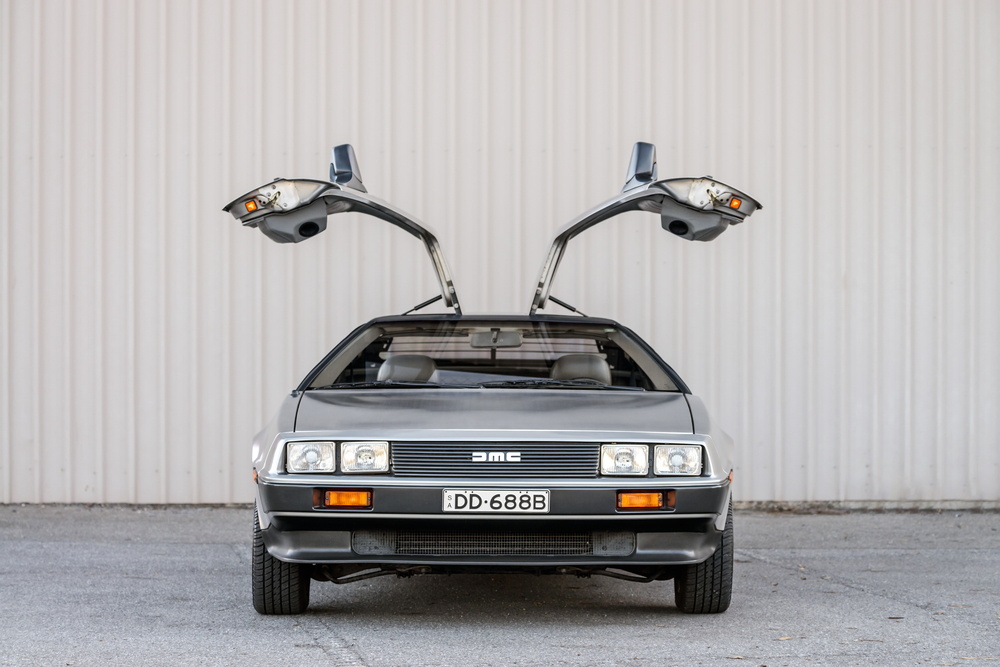
Made famous by its role in Back to the Future, the DeLorean DMC-12 featured striking stainless steel body panels and iconic gullwing doors. Despite these futuristic aesthetics, the car’s 2.85L V6 engine delivered only 130 horsepower, making it slower than expected. With a 0-60 mph time close to 10 seconds, it fell well short of what a sports car should be.
Jaguar XJ220
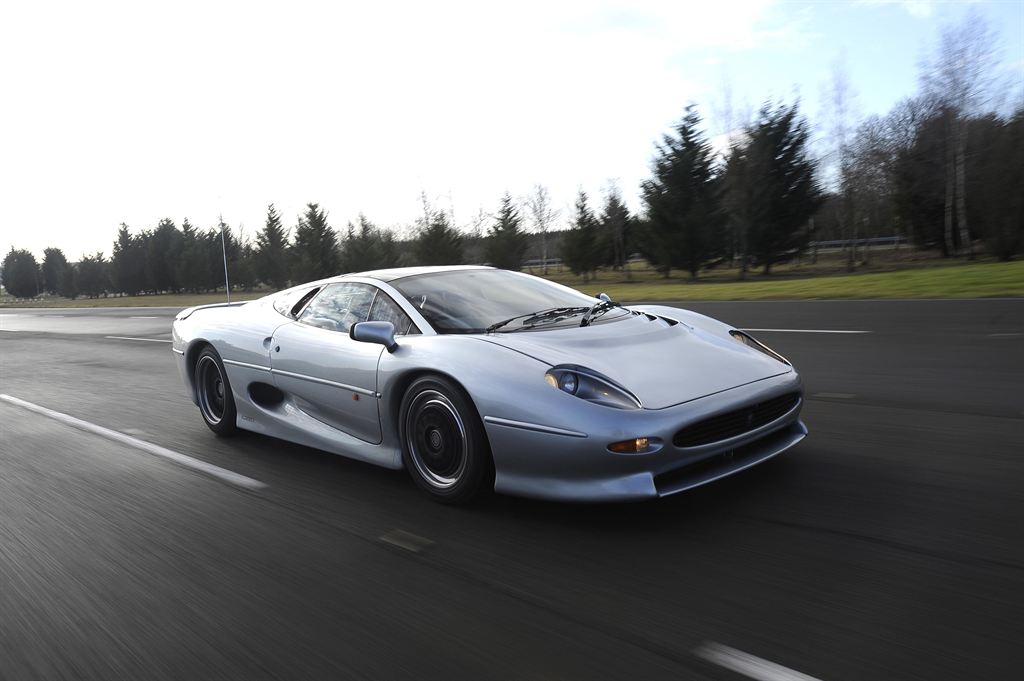
Jaguar’s XJ220 was supposed to be a record-breaking supercar, originally promised with a V12 engine and all-wheel drive. However, production models featured a smaller twin-turbo V6, and the switch from AWD to rear-wheel drive left fans disappointed. Although fast on paper, many drivers found the car difficult to handle due to its size and weight. Its hefty price tag further dampened enthusiasm, with many considering the XJ220 a mismatch between looks and performance.
Maserati Biturbo
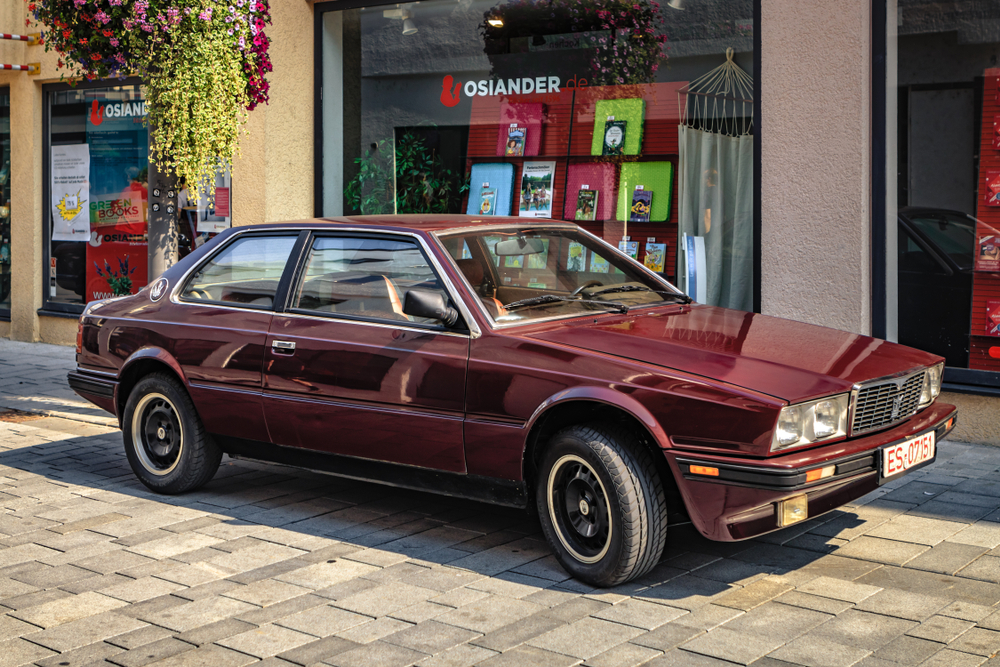
With its Italian styling, the Maserati Biturbo looked every bit the part of a refined sports car. Unfortunately, its turbocharged V6 engine was notorious for poor reliability, with frequent breakdowns and a tendency to overheat. The interior quality also fell short of expectations, especially considering Maserati’s luxury reputation. Though the Biturbo’s design was appealing, owning one often meant dealing with constant repairs and maintenance costs.
Triumph Stag
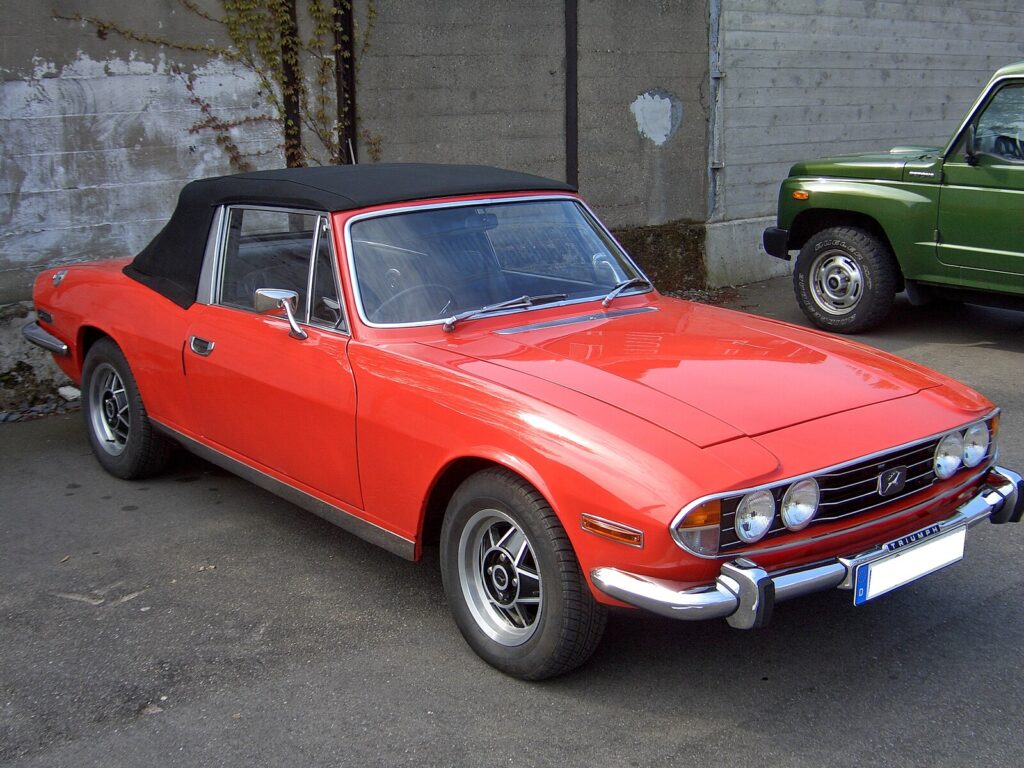
The Triumph Stag had an elegant design, complete with a distinctive T-bar roof and classic British roadster styling. However, its 3.0L V8 engine was plagued by overheating issues and mechanical failures, largely due to a poorly designed cooling system. This unreliability was further compounded by the car’s weight, which made it feel more like a grand tourer than a nimble sports car. Despite its good looks, the Stag became a symbol of frustration for many owners.
Bricklin SV-1
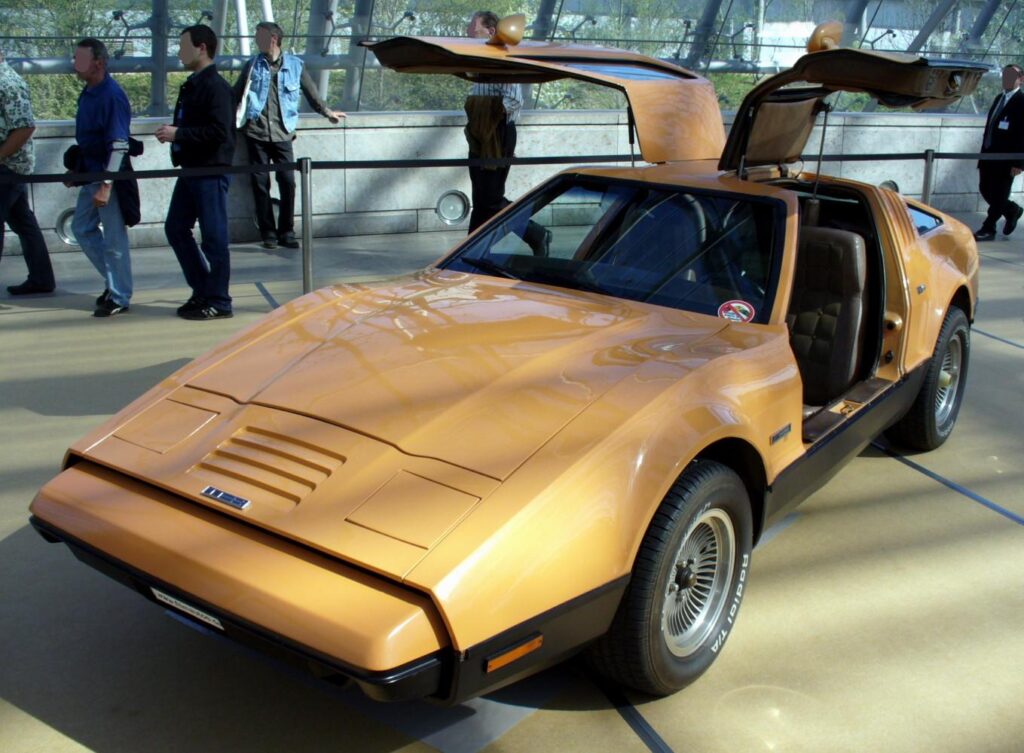
Designed with safety in mind, the Bricklin SV-1 featured gullwing doors and a modern, aggressive appearance. Sadly, its heavy build and underpowered engines – first an AMC V8, then a Ford V8 – resulted in disappointing performance. The car also suffered from numerous quality control issues, including electrical malfunctions and misaligned body panels. Although visually bold, the SV-1’s lackluster driving dynamics and frequent mechanical problems tarnished its reputation.
Ferrari Mondial
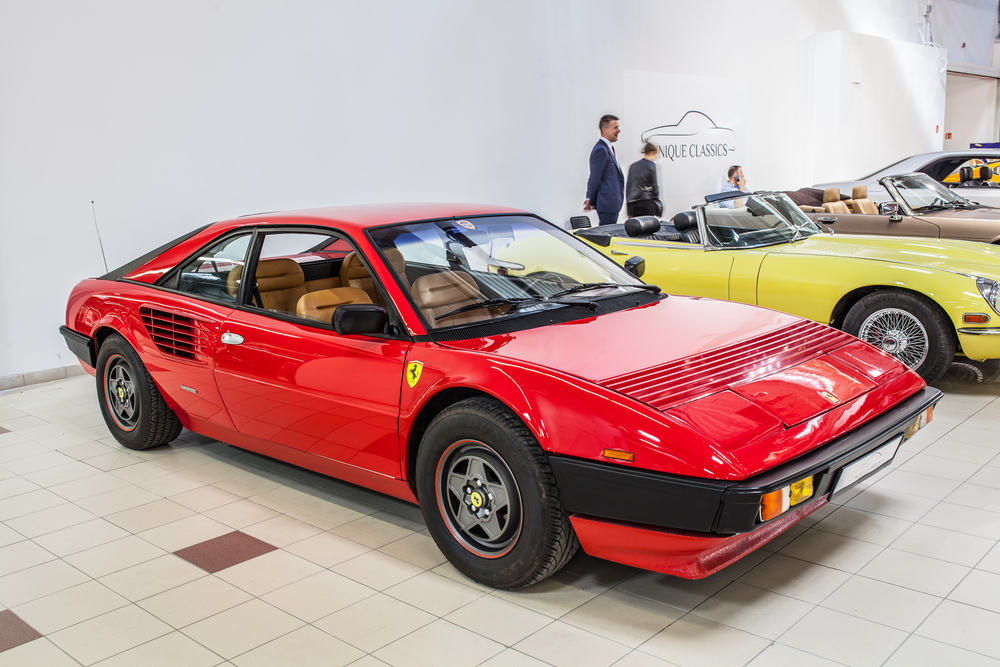
The Ferrari Mondial may have carried the prestigious Ferrari badge, but its performance didn’t live up to expectations. Powered by a 3.0L V8, it struggled to offer the thrilling acceleration one would expect from the brand. Furthermore, its handling felt cumbersome, lacking the sharpness typically associated with Ferrari sports cars.
Lotus Elite (1974-1982)

The Lotus Elite’s wedge-shaped design certainly caught the eye, but its performance failed to match its futuristic looks. Its four-cylinder engine produced just 155 horsepower, which, combined with its weight, resulted in underwhelming acceleration. The Elite was also plagued with electrical issues, making it notoriously unreliable. Despite its bold exterior, the car’s lackluster performance and frequent breakdowns made it a challenging ownership experience.
Alfa Romeo Montreal

The Alfa Romeo Montreal was a design triumph, with its distinctive slatted headlights and muscular proportions. Beneath the surface, though, its 2.6L V8 engine, paired with a cumbersome gearbox, failed to deliver an exhilarating driving experience. The Montreal’s excessive weight further hampered its handling, causing it to feel sluggish through corners. While it looked fast standing still, its on-road performance left much to be desired.
Chevrolet Corvair Monza
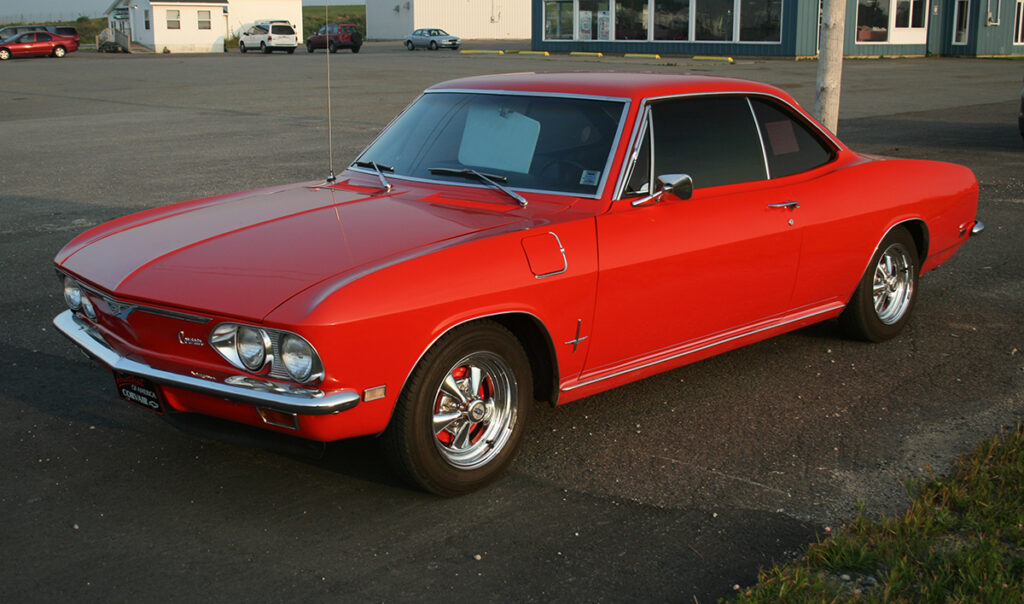
The Chevrolet Corvair Monza was a sleek and sporty-looking car, but its rear-engine layout led to significant handling concerns. Its design became the center of controversy after Ralph Nader’s book Unsafe at Any Speed, which highlighted the car’s tendency to oversteer dangerously. Although Chevrolet made improvements to later models, the damage to the Corvair’s reputation was done. Its underwhelming engine and unpredictable handling ensured it couldn’t live up to its stylish appearance.
Acura NSX (Second Generation)
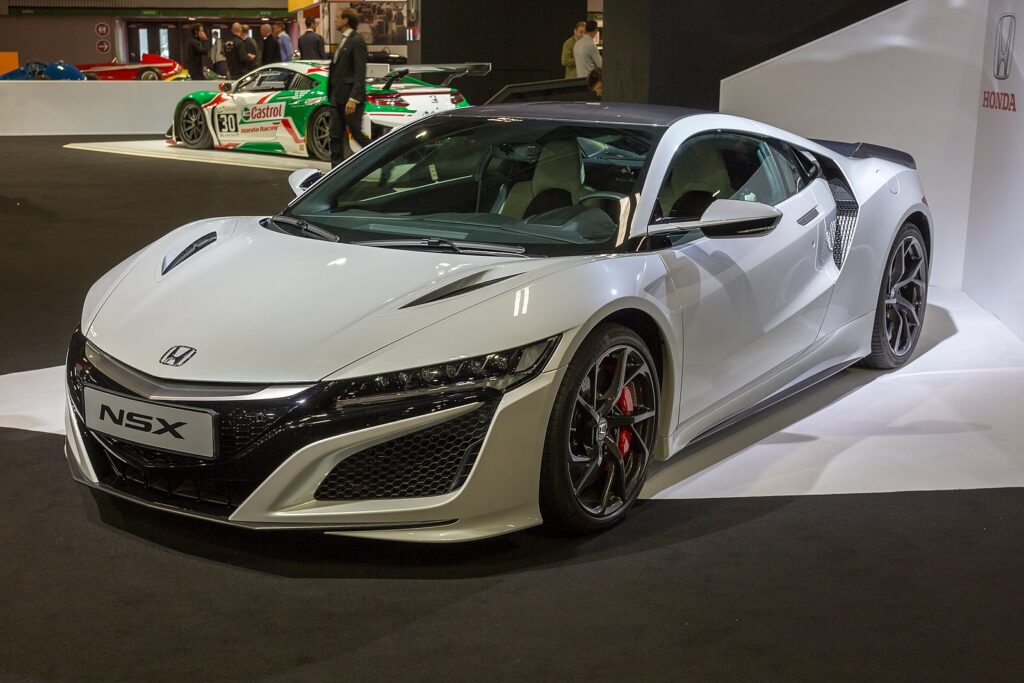
The second-generation Acura NSX had a cutting-edge design, mixing sleek aerodynamics with modern hybrid technology. Yet, despite its high-tech features and twin-turbo V6 engine, it failed to provide the thrilling driving experience that its rivals did. The car’s hybrid powertrain made it feel heavier and less responsive, blunting its potential as a true supercar. Critics were left wanting more excitement from a car that looked so futuristic.
Aston Martin Lagonda
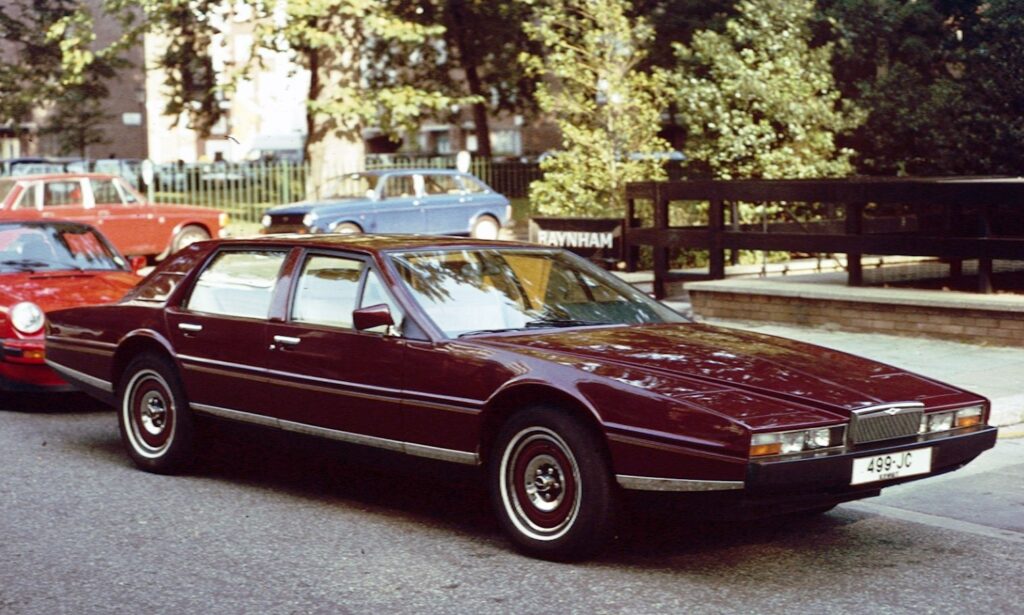
With its futuristic, angular design and cutting-edge digital dashboard, the Aston Martin Lagonda was unlike anything else on the market. Unfortunately, the car’s advanced electronics frequently malfunctioned, leaving owners with a frustratingly unreliable vehicle. Its heavy weight also hampered performance, making it feel more like a luxury cruiser than a sports car. Despite its space-age aesthetics, the Lagonda’s technical issues overshadowed its visual appeal.
Ford Thunderbird (2002)
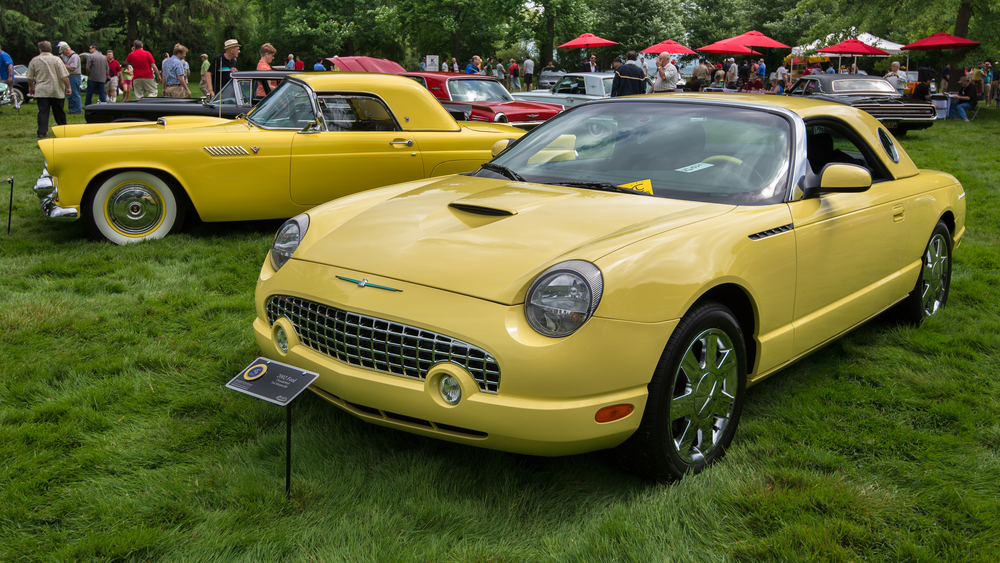
Ford’s revival of the Thunderbird in 2002 aimed to combine retro styling with modern performance, but it failed on the latter. The V8 engine, while respectable, didn’t deliver the kind of performance expected from a sporty convertible. The Thunderbird was more of a soft, comfortable cruiser than a performance car, with uninspiring acceleration and lackluster handling. Though visually nostalgic, the car couldn’t compete with its more dynamic rivals.
TVR Griffith (1991-2002)
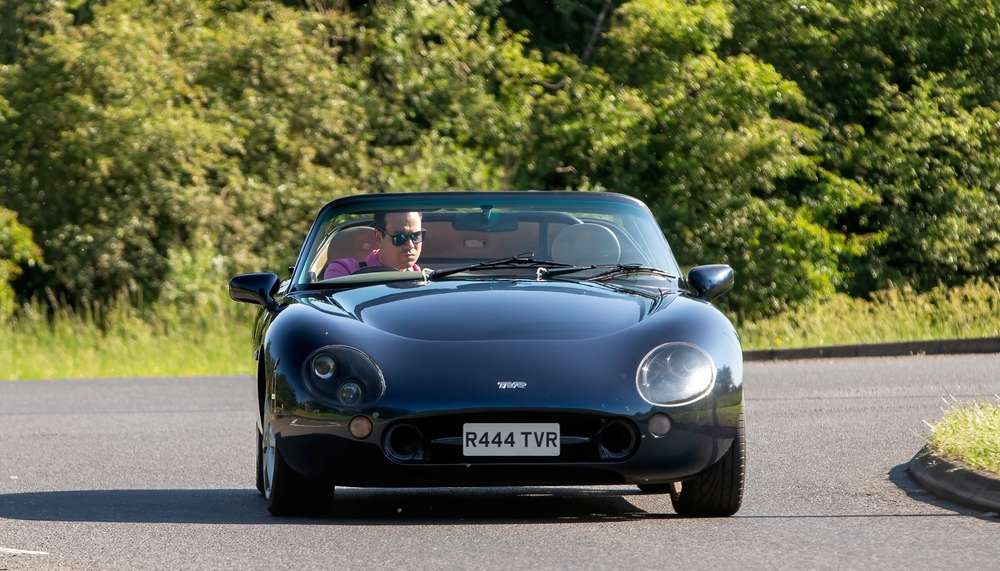
The TVR Griffith looked every bit the raw, thrilling British sports car, with its aggressive stance and sleek design. However, its unpredictable handling and lack of modern safety features made it a handful to drive, especially at high speeds. The lightweight chassis, while contributing to speed, also made it twitchy and hard to control. Despite its beauty, the Griffith was more dangerous than exhilarating for many drivers due to its wild nature.
Vector W8
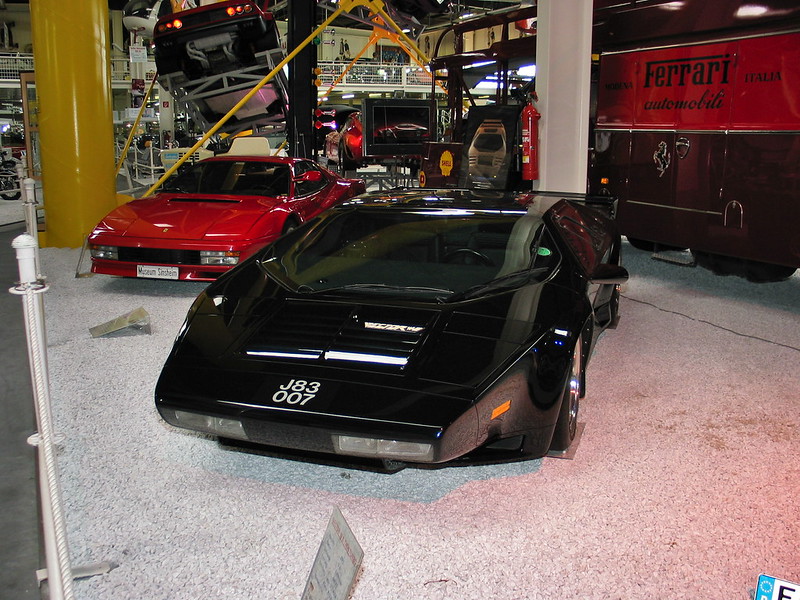
The Vector W8 was a futuristic supercar with angular, spaceship-like styling, designed to turn heads. On paper, its twin-turbo V8 engine promised immense power, but the car was plagued by constant mechanical issues. Overheating, transmission problems, and unreliable electronics made it more of a showpiece than a drivable car. Although it looked ready to break speed records, the W8’s real-world performance was far less impressive.
Jensen-Healey
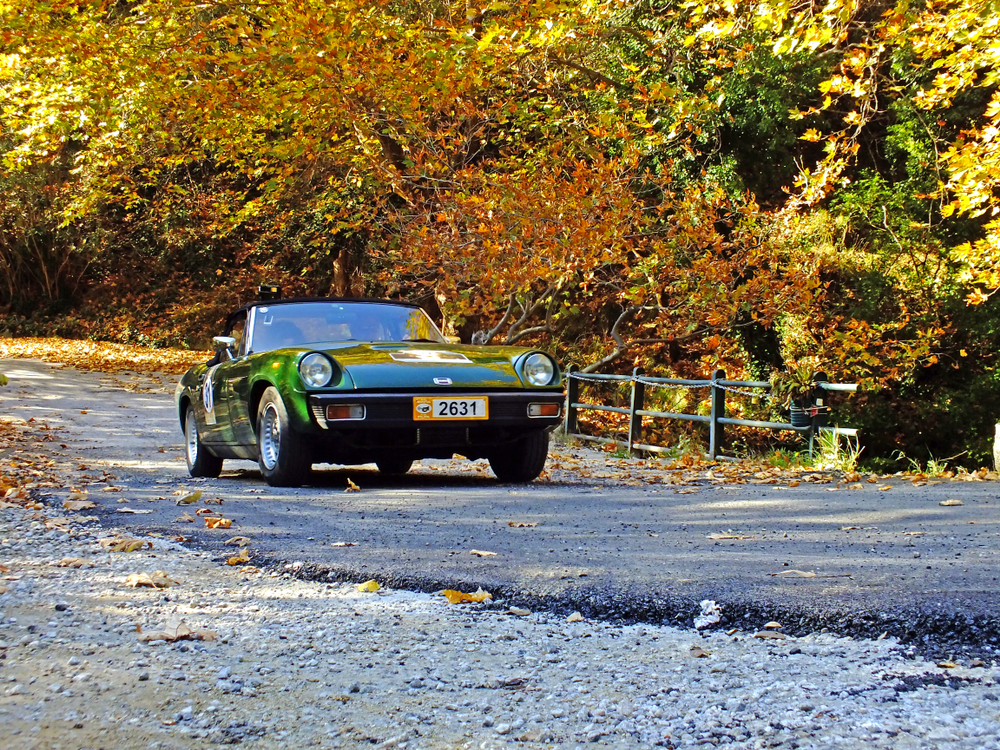
With its clean lines and classic British roadster styling, the Jensen-Healey appeared to be a serious competitor in the sports car world. However, its 2.0L Lotus engine was prone to frequent breakdowns, particularly with oil leaks and timing belt issues. The car’s build quality also left much to be desired, with rust problems and poorly fitted panels being common complaints. Despite its looks, the Jensen-Healey’s mechanical troubles prevented it from achieving success.
Dodge Charger Daytona (1977-1978)
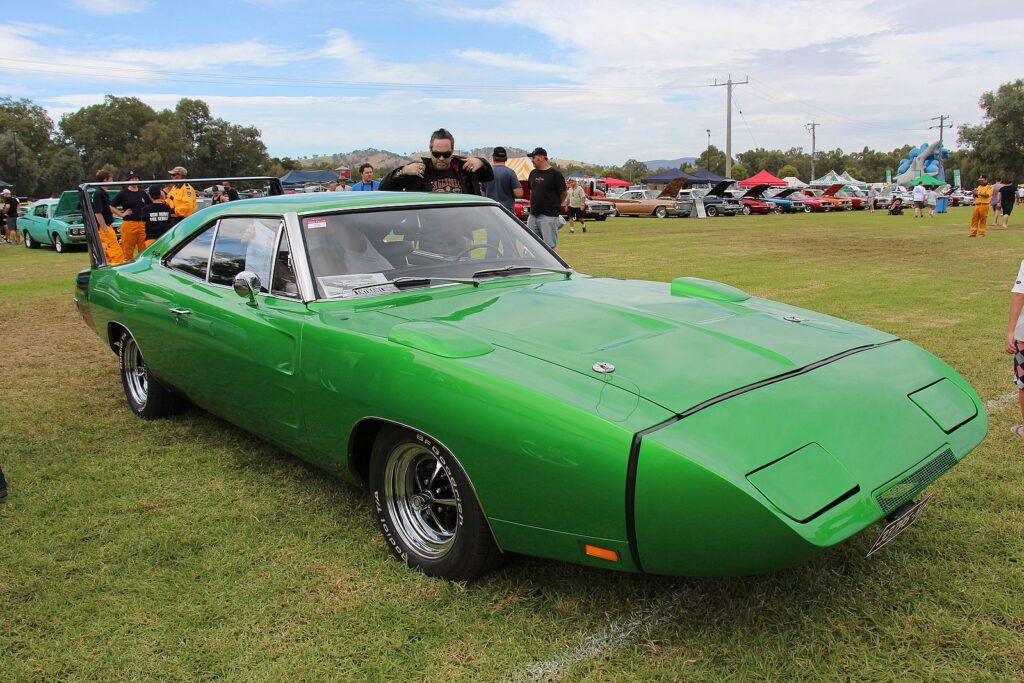
The late-1970s Dodge Charger Daytona had the bold styling of a muscle car, but its performance was anything but powerful. Powered by a sluggish V8 engine, the car lacked the raw speed and agility of its predecessors. The heavy body and uninspired handling made it more suited for leisurely cruising than high-speed thrills. While its aggressive looks suggested otherwise, the Daytona didn’t live up to the muscle car legacy it tried to emulate.
Mercedes-Benz SLR McLaren
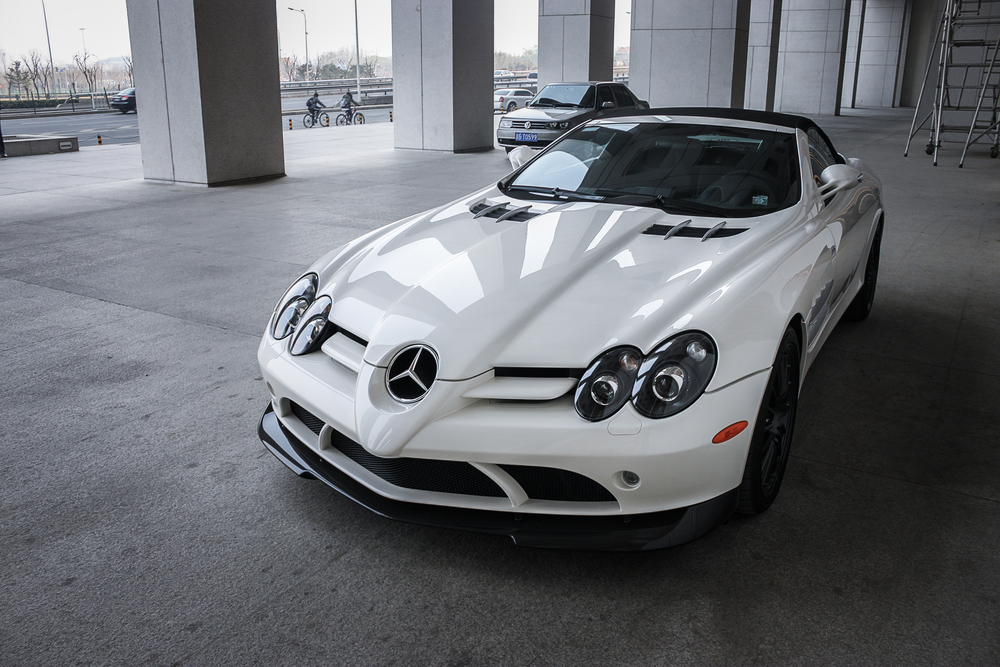
The Mercedes-Benz SLR McLaren promised a perfect blend of luxury and performance, but it didn’t quite hit the mark. While its supercharged V8 engine produced significant power, the car’s heavy weight blunted its agility and made it feel more like a grand tourer than a true supercar. Its handling was not as sharp or thrilling as competitors like the Ferrari Enzo or Porsche Carrera GT. Despite its jaw-dropping design, the SLR McLaren left performance enthusiasts wanting more.
Plymouth Prowler
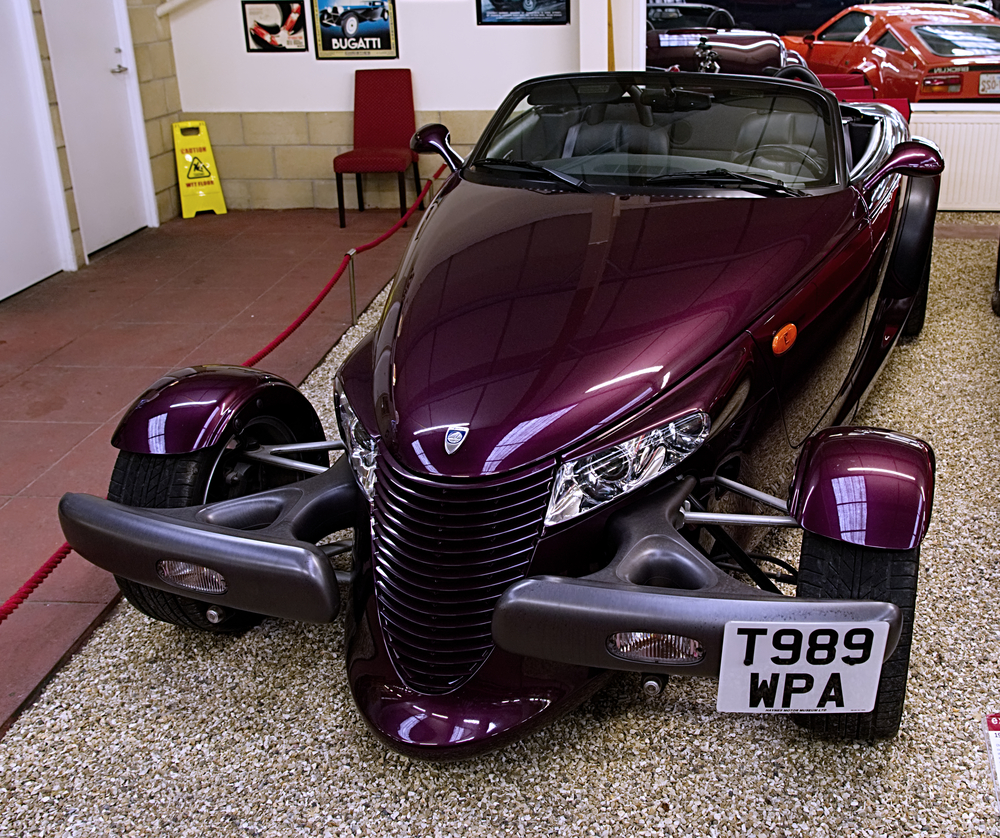
The Plymouth Prowler was designed to stand out, with its retro-inspired hot rod looks and open-wheel design. However, under its dramatic exterior was a 3.5L V6 engine that produced just 253 horsepower, far less than expected from such a bold-looking car. Its performance was more in line with a mid-range sedan than a true sports car, and the lack of a manual transmission further disappointed driving enthusiasts. Despite its visual appeal, the Prowler couldn’t back up its looks with serious performance.
This article originally appeared in MyCarMakesNoise.
More from MyCarMakesNoise
20 Hidden Ways Electric Cars Contribute to Air Pollution

Electric cars are often praised for their environmental benefits, but they also have a hidden environmental impact. From battery production to electricity generation, there are several ways electric cars contribute to air pollution. Read More.
20 Common Habits That Are Slowly Destroying Your Car’s Engine

Maintaining your car’s engine is crucial for its longevity and performance, but certain bad habits can cause serious damage over time. From neglecting regular maintenance to improper driving techniques, these habits can slowly kill your engine. Read More.
20 German Sports Cars Known for Their Impressive Reliability
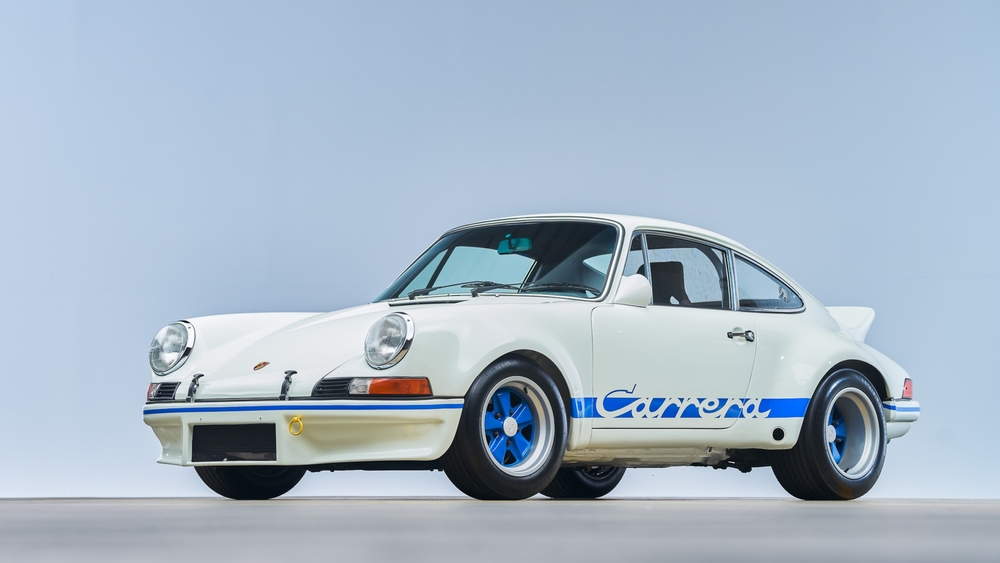
German sports cars are known for their engineering excellence, combining performance with reliability. These vehicles offer thrilling driving experiences while maintaining a reputation for dependability. Read More.


